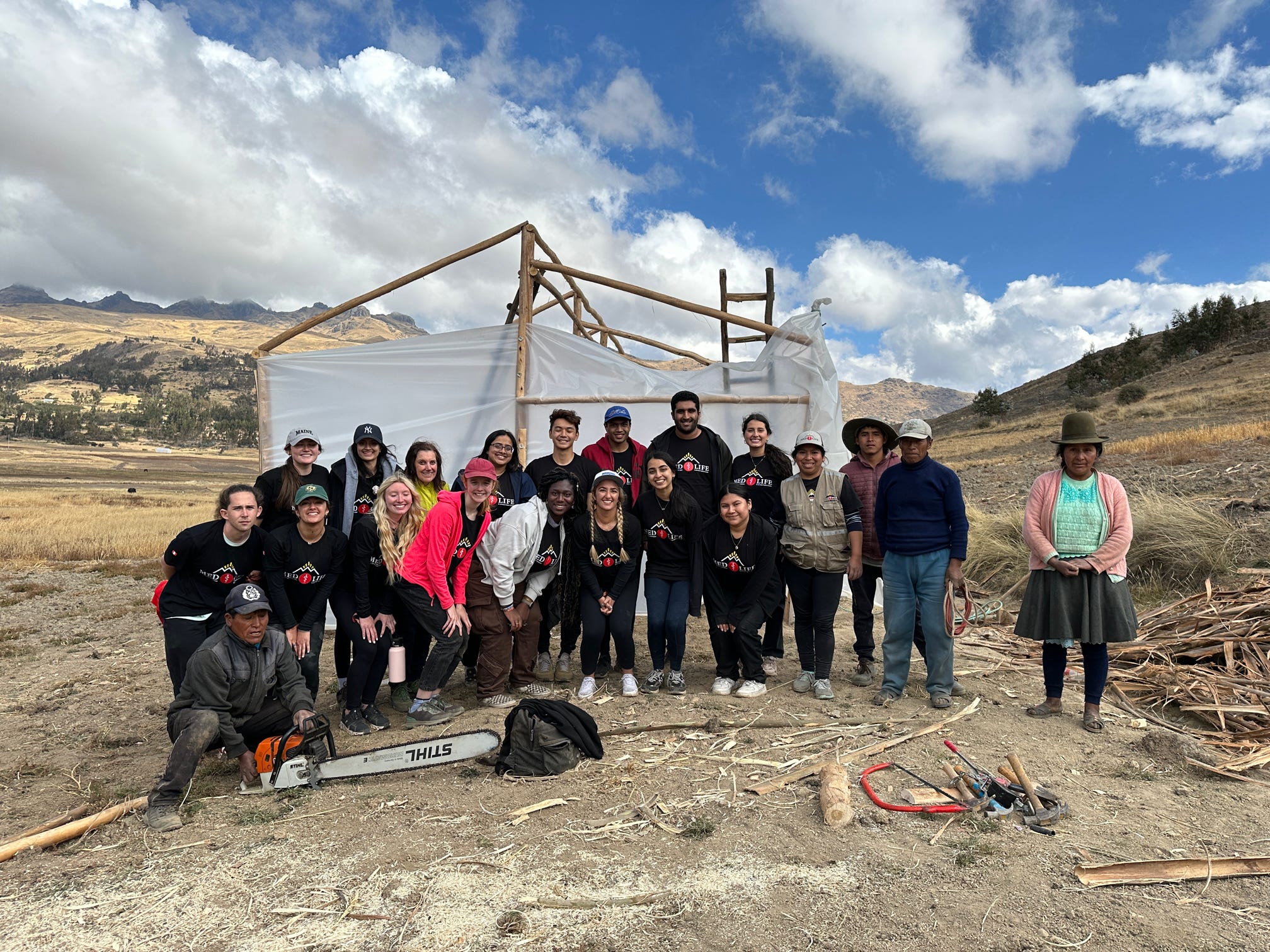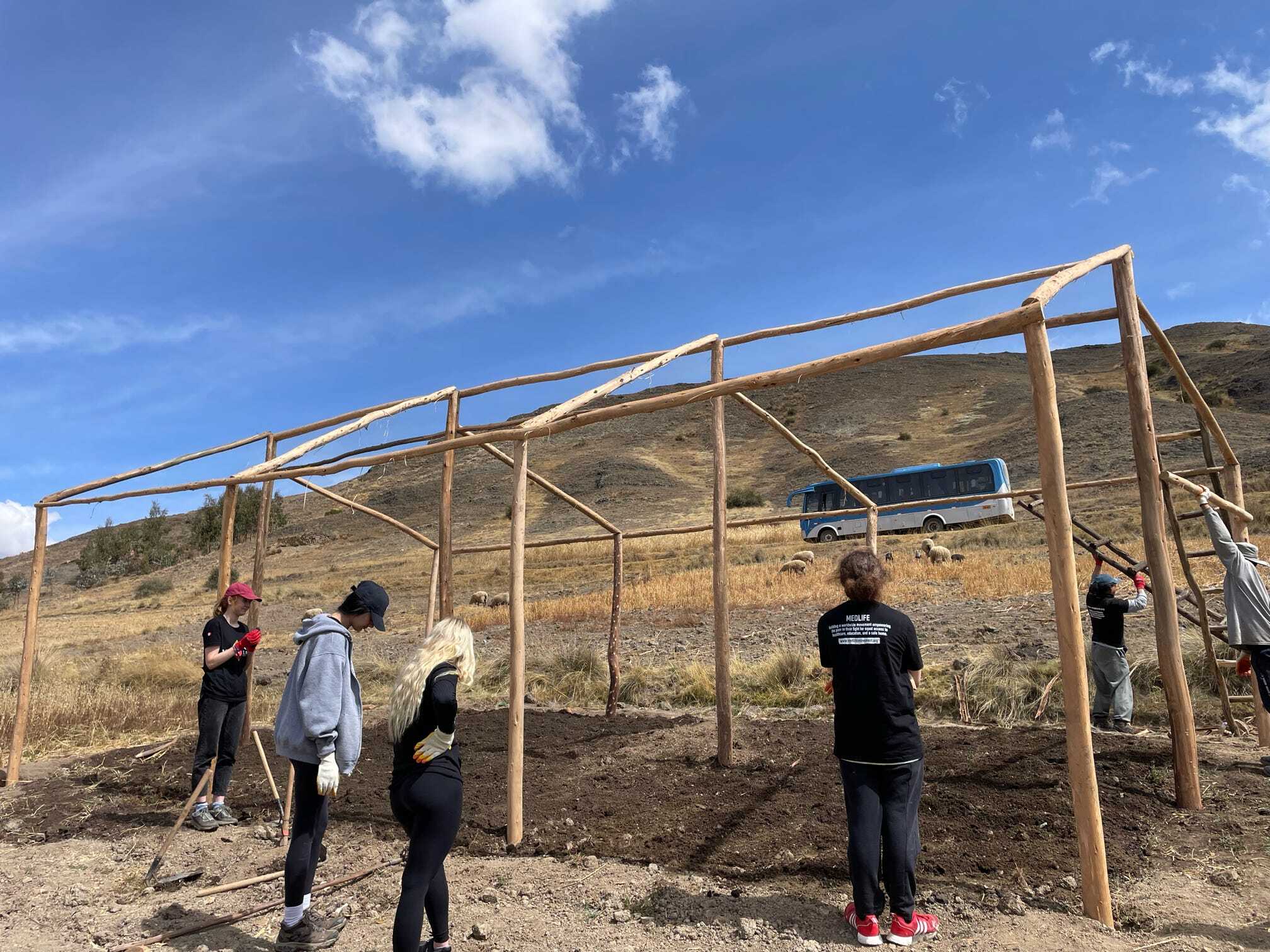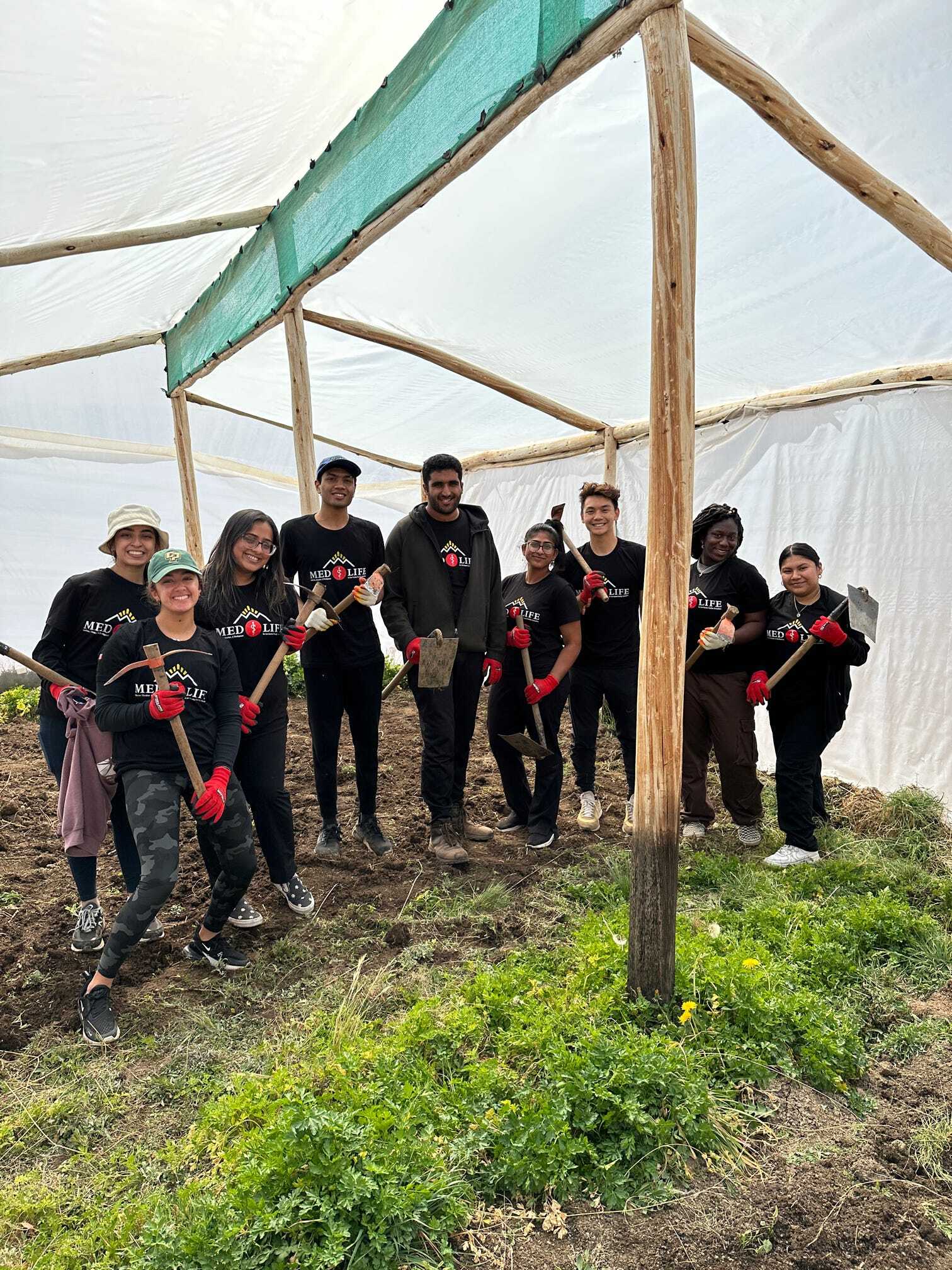
Greenhouse Construction Projects: Their Purpose And Impact
Greenhouse construction brings more than just shelter for plants. In high-altitude communities, cold temperatures and frost can destroy crops before they even begin to grow. A greenhouse protects plants from these extreme conditions and creates a stable environment for year-round cultivation. This consistent food production leads to better nutrition for families, extra income from selling produce, and greater independence from unreliable food systems. For many, it's a critical step toward breaking the cycle of poverty and building long-term resilience. In fact, improving food access through agriculture is part of our broader effort to address how safe housing impacts education outcomes, health, and family stability.

Greenhouse Construction in High-Altitude Communities
In places like Cusco and the highlands of Ecuador, nighttime freezes make outdoor farming nearly impossible. By building a greenhouse, families can maintain consistent temperatures and protect seedlings from frost. This means reliable harvests even when the weather turns harsh.
At Safe Homes, we guide each step of the process. We train community members to select materials, set up ventilation, and install irrigation. This hands-on approach ensures that families can manage and repair their own greenhouses in the future.
Greenhouse Construction for Food Access and Local Economies
A functional greenhouse improves food access by enabling year-round cultivation of vegetables and herbs. Families can use fresh produce at home and sell surplus at local markets. The income they earn helps pay for school fees, healthcare, and housing improvements.
Our greenhouse projects complement other community initiatives. Volunteers with construction volunteer opportunities learn to build sturdy frames and install transparent roofing. This practical training links home-grown food production with local construction skills.

Promoting Sustainability in Development
Greenhouse agriculture is a model of sustainability in development. It conserves water through drip irrigation, reduces soil erosion, and cuts transportation emissions by growing food close to home. Over time, greenhouse farming lessens dependence on imported produce and fossil-fuel–powered logistics.
Safe Homes also introduces organic pest control and composting techniques. These methods protect the local ecosystem and build healthier soil. By combining greenhouse design with sustainable agriculture practices, we help communities maintain their resources for generations. To learn more about similar work in the region, explore our feature on sustainable agriculture initiatives in South America.
For additional technical guidance on greenhouse design, visit this FAO guide on greenhouse production.

Safe Homes Movement – Paving the Way for Housing Solutions
Ready to support community-led growing projects? Download our free brochure to see how you can get involved. For less than the cost of one coffee a month, you can make an impact in low-income communities or directly assist communities in need by becoming a monthly donor.
Join Safe Homes in building greenhouses that provide nutrition, income, and a sustainable future.



